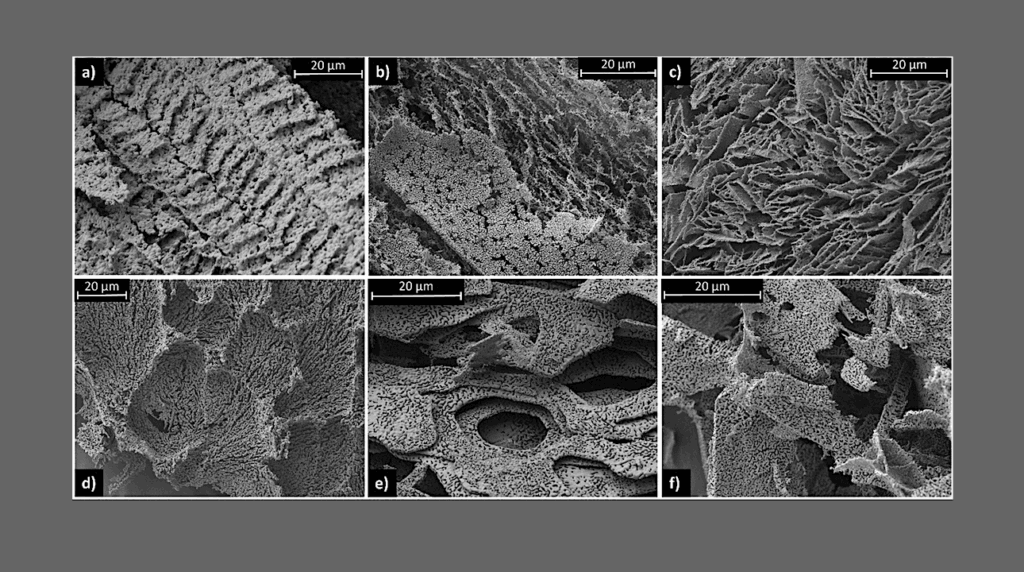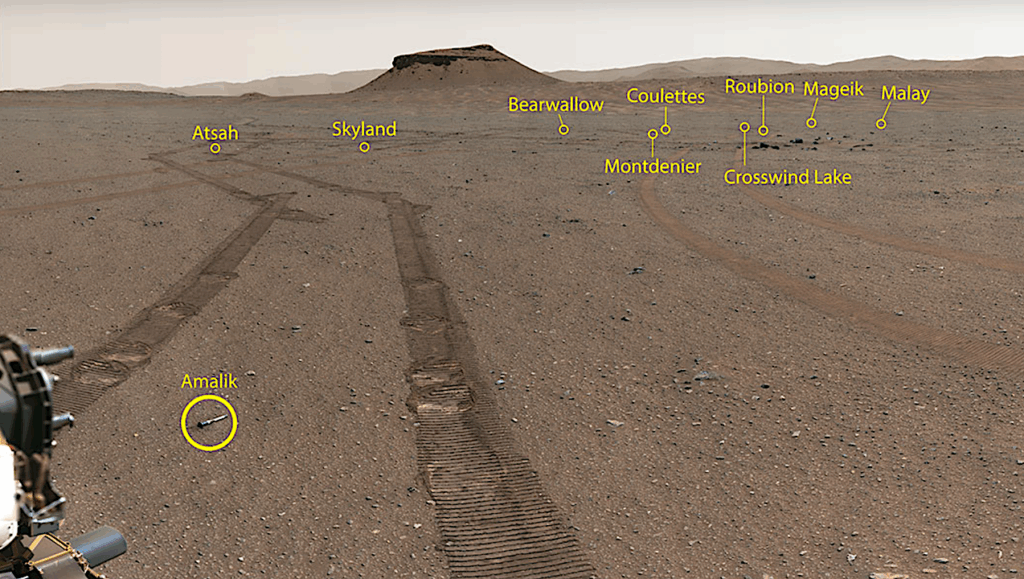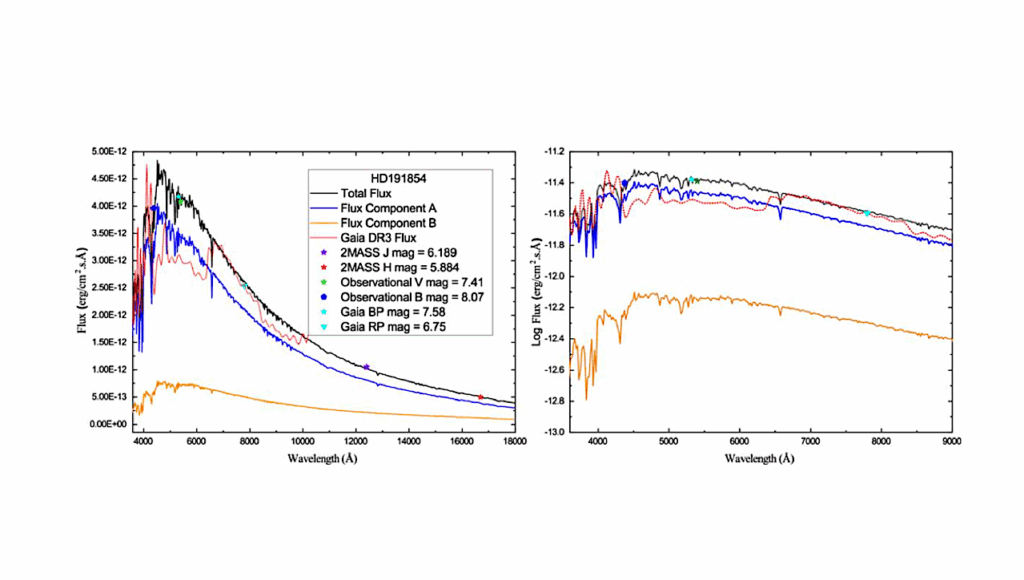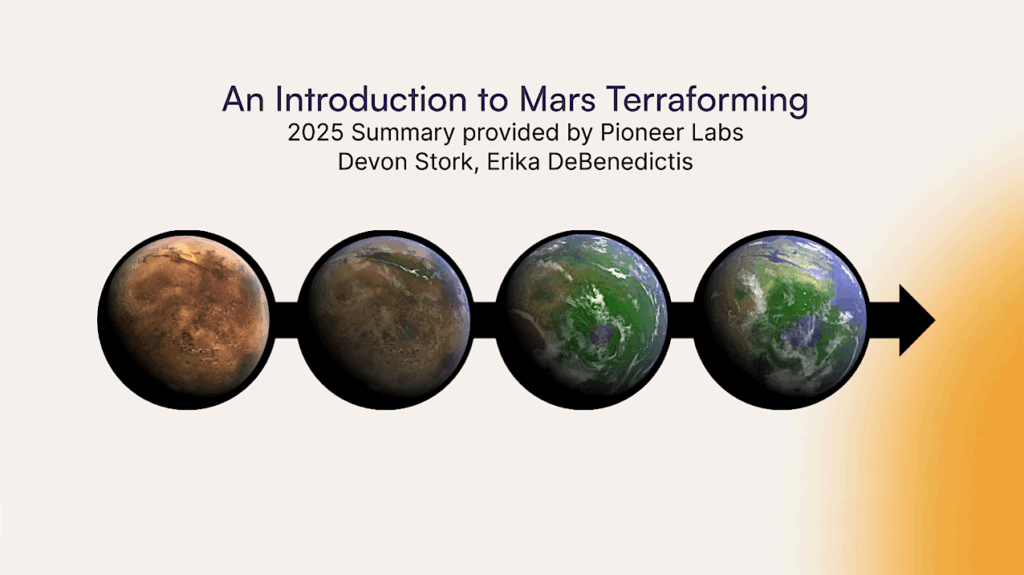The Habitable Zones Of Rapidly Rotating Main Sequence A/F Stars

We investigate how rapid stellar rotation commonly seen in A/F stars can influence planet habitability. Specifically, we model how rapid rotation influences a planet’s irradiation and determine the location of the habitable zone for stars in the mass range 1.3M⊙≤M⋆≤2.2M⊙.
Rapid stellar rotation can dramatically change a star’s luminosity and spectral energy distribution and, therefore, can impact the habitability of any surrounding planets. Stars of mass M⋆≳1.3M⊙ commonly rotate near their breakup speeds, which causes two effects relevant to planet habitability. First, these stars flatten into oblate spheroids with shorter polar radii and elongated equatorial radii. Second, rapid rotation induces a pole-to-equator temperature gradient on the surface of these stars. Using a 1D climate model, we calculate the inner and outer edges of the habitable zone of well-known rapid rotators and average theoretical stars in our stellar mass range.
We find that, in general, rapid rotation causes the habitable zone to reside closer in than for a non-rotating equivalent star. We also find that gravity darkening dramatically reduces stellar UV emission, which combats the common assumption that high-mass stars emit too much UV light for habitable worlds. Overall, we determine that rapid stellar rotation has important consequences for the overall habitability of a system and must be accounted for both when modeling exoplanet environments and in observation of planets around high-mass stars.
John P. Ahlers, Emeline F. Fromont, Ravi Kopparappu, P. Wilson Cauley, Jacob Haqq-Misra
Comments: Accepted for publication in ApJ
Subjects: Earth and Planetary Astrophysics (astro-ph.EP); Solar and Stellar Astrophysics (astro-ph.SR)
Cite as: arXiv:2202.06918 [astro-ph.EP] (or arXiv:2202.06918v1 [astro-ph.EP] for this version)
Submission history
From: Johnathon Ahlers
[v1] Mon, 14 Feb 2022 18:23:48 UTC (998 KB)
https://arxiv.org/abs/2202.06918
Astrobiology,








